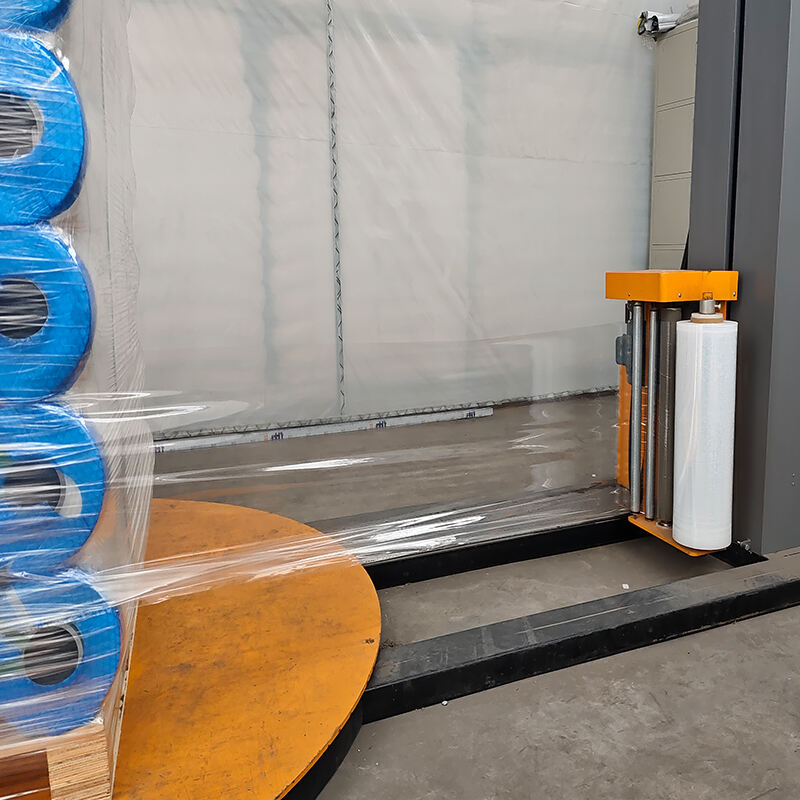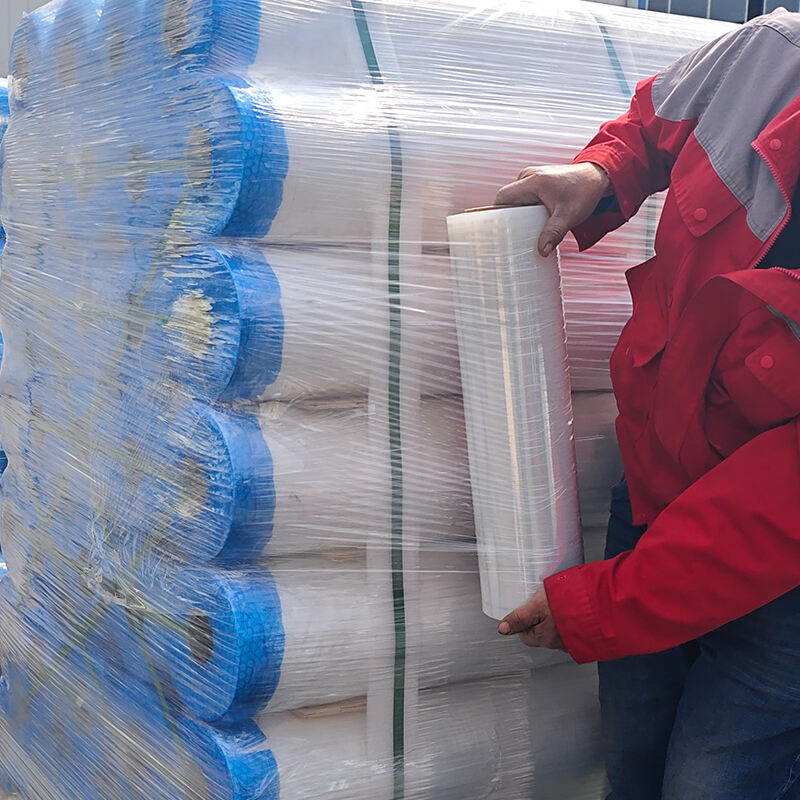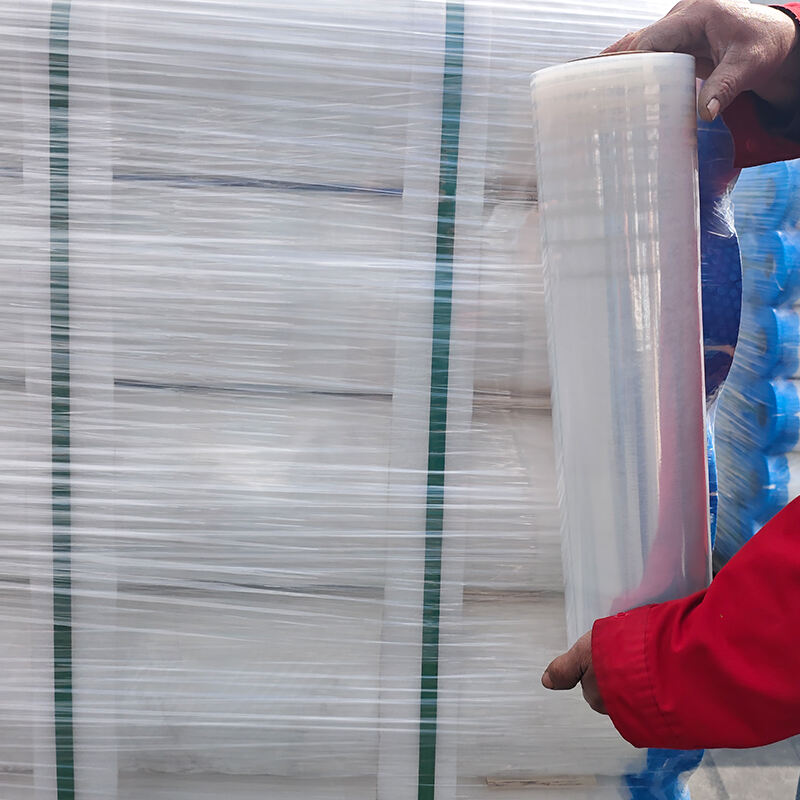stretch film price
Stretch film price represents a crucial consideration in modern packaging solutions, offering a balance between cost-effectiveness and performance. This versatile packaging material, available in various thicknesses ranging from 15 to 35 microns, provides exceptional load containment while optimizing material usage. The pricing structure typically varies based on factors such as film gauge, roll length, core size, and quantity ordered. Modern stretch films incorporate advanced polymeric technologies that enhance load stability while requiring less material, effectively reducing cost per load. The price point also reflects the film's technical specifications, including puncture resistance, tear strength, and elongation capabilities, which typically range from 150% to 300%. Market fluctuations in raw material costs, particularly polyethylene, directly influence stretch film pricing. Manufacturers often offer different grades, from standard to premium, each with specific price points aligned with their performance characteristics. The total cost consideration should include not only the purchase price but also application efficiency, load security, and potential material reduction capabilities. Understanding these factors helps businesses make informed decisions about their stretch film investments, ensuring optimal value for their specific applications.


